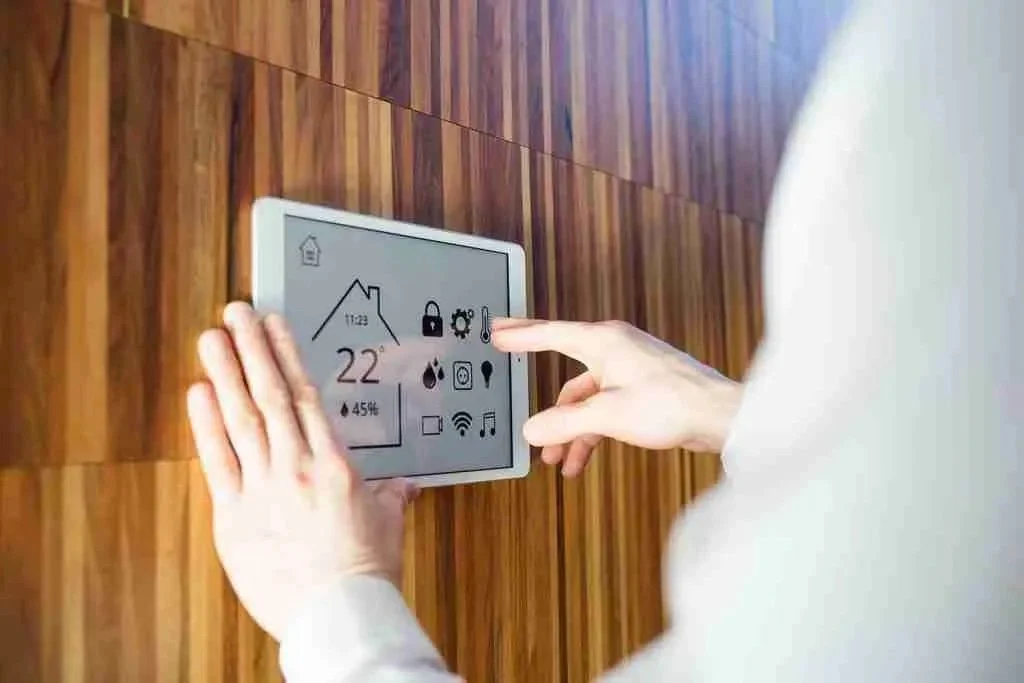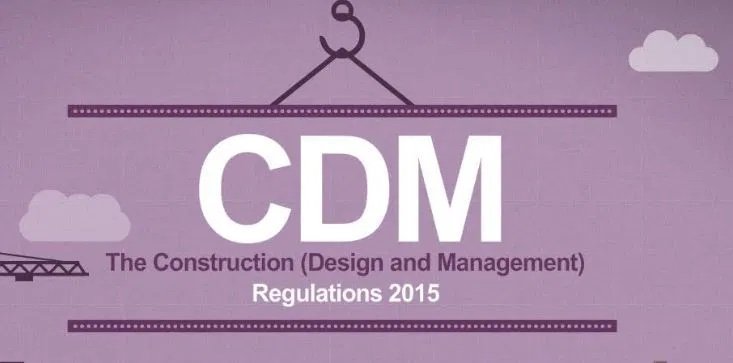
By Design Tech Solutions — Supporting Certified, Sustainable Heat Network Design
Introduction: Why Certification Matters
For many new developments — particularly in the public and commercial sectors — achieving an environmental building certification is a key requirement. Whether you're aiming for BREEAM (UK) or LEED (international), heat network design plays a central role in carbon and energy scoring.
At DTS, we help clients align their heat network schemes with sustainability frameworks from the outset — ensuring your project doesn't miss out on credits, funding, or compliance.
BREEAM & LEED: What’s the Difference?
BREEAM (Building Research Establishment Environmental Assessment Method)
Widely used in the UK
Credits awarded across categories like energy, materials, pollution, and management
Often required for public and mixed-use developments
LEED (Leadership in Energy and Environmental Design)
US-based but globally recognised
Focuses on energy efficiency, water, materials, and site impact
Common for international projects or corporate developments
Both schemes include sections where district heating systems can contribute to scores — particularly in energy and carbon categories.
Where District Heating Impacts Certification
Energy & Carbon Performance
Designing for low return temps, renewable inputs, and metered controls contributes to operational energy reductions — key for both BREEAM (Ene 01) and LEED (Energy & Atmosphere).Responsible Sourcing & Embodied Carbon
Material choices, pipe insulation, and civil works influence BREEAM's Mat 01 and LEED's Materials & Resources criteria.Lifecycle Costing & Environmental Modelling
Using life cycle assessment (LCA) or energy simulations can contribute to innovation or analysis-related credits.Low-Carbon Heat Source Integration
Demonstrating renewable or recovered heat input aligns with low-carbon design goals and earns extra points under both schemes.
Design Considerations to Maximise Certification Credits
Include energy centre modelling in your SAP/SBEM calculations
Choose materials with verified Environmental Product Declarations (EPDs)
Design for metering, sub-zoning, and consumption monitoring
Use thermal modelling or lifecycle analysis to support carbon impact statements
Ensure documentation is audit-ready — from material sources to insulation values
How DTS Helps
We support BREEAM/LEED-aligned design through:
Smart system design to maximise energy credits
Material and product advice to support responsible sourcing
Lifecycle costing and carbon support
Supply of specification and design documentation for assessors
We collaborate directly with your BREEAM assessor or LEED consultant to ensure our design work supports your wider project certification.
FAQ
Let’s Design for Certification Success
If you're targeting BREEAM, LEED, or another standard, we'll help you deliver efficient systems that score well — and perform even better.
RELATED READS
Explore our detailed guides on designing effective, future-ready district heating systems. Each article is written to help clients, developers, and stakeholders understand what great network design looks like in practice.








